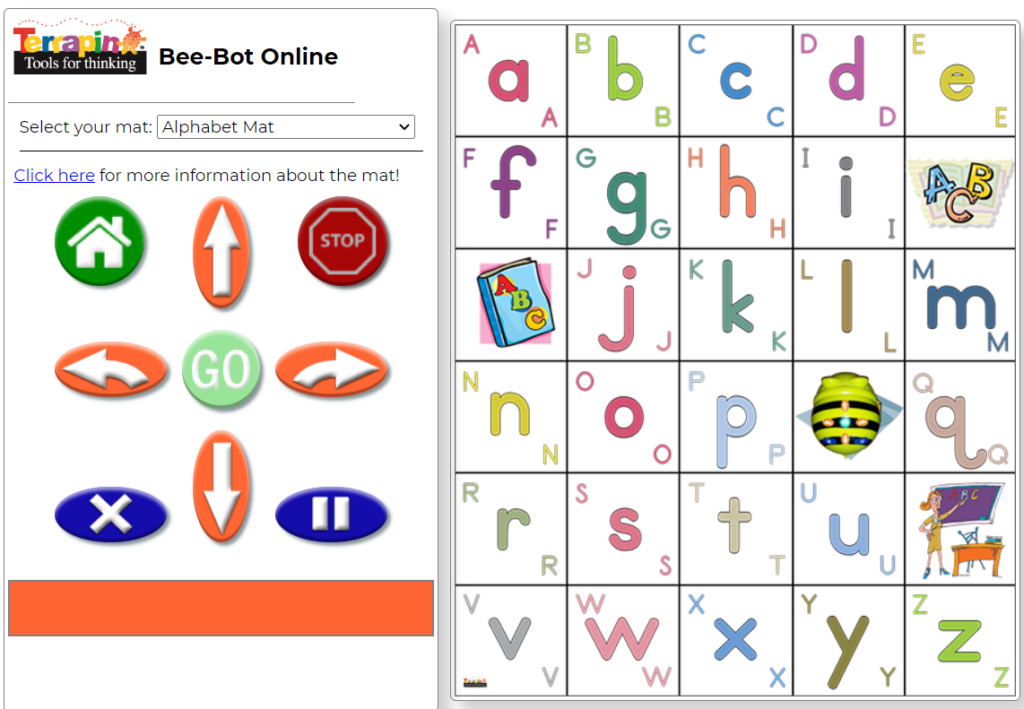Computational Thinking is at the core of coding and in these challenges, learners will "bee"come confident in applying them to give a virtual robot bee instructions in the form of symbolic code to navigate a series of maps, one step at a time.

Note: The arrows to code the Bee are Forward, Backward, turn right, and turn left. They are NOT up and down.